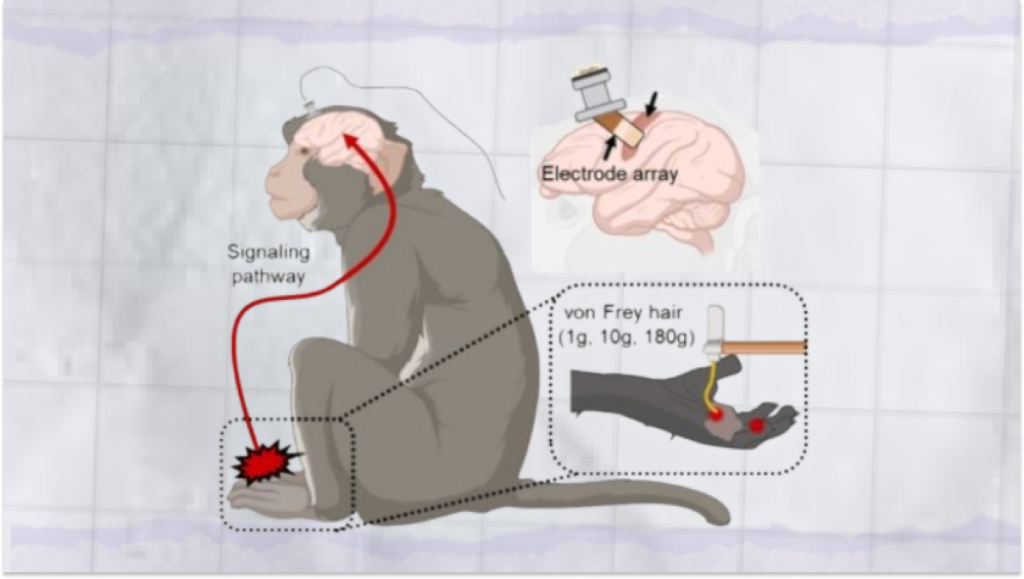Can Soft and Flexible Electrodes Revolutionize Brain-Machine Interfaces?

The Department of Robotics and Mechatronics Engineering at DGIST, led by Professor Kim Sohee, has pioneered an innovative brain electrode technology. Using soft and flexible materials, the team has developed electrodes that promise durability and enhanced functionality across various applications.
But why the focus on soft and flexible materials? Well, traditionally, brain electrodes have been made from materials like silicon or thin plastic polymers. However, these materials come with their limitations, such as reduced flexibility or safety concerns associated with long-term implantation.
So, how did Professor Kim and her team address these challenges? Their solution lies in a rubbery, elastic material that surpasses the mechanical properties of conventional polymers. This novel material allowed them to fabricate electrodes that adhere remarkably well to the intricate contours of the brain’s surface.
But did they encounter any hurdles along the way? Concerns lingered regarding the electrodes’ stability within the dynamic environment of the human body. To address these concerns, Professor Kim and her colleagues conducted an exhaustive eight-month accelerated aging experiment.
And what were the results of this experiment? The results were promising, demonstrating the electrodes’ resilience and consistent performance even after prolonged exposure to bodily fluids and ions.
In Professor Kim’s own words, “We have developed brain electrodes that adhere seamlessly to the brain’s surface, thanks to their soft and flexible nature, while also exhibiting remarkable stability in the body’s complex milieu.”
So, what’s next for this groundbreaking technology? Well, its implications extend far beyond the confines of academia. With practical applications ranging from the treatment of neurological disorders to the advancement of assistive technologies, Professor Kim’s electrode technology stands poised to revolutionize the intersection of neuroscience and engineering. As society continues to embrace the possibilities afforded by human-machine collaboration, innovations like these serve as beacons of progress, illuminating the path towards a future where the boundaries between man and machine blur evermore.

